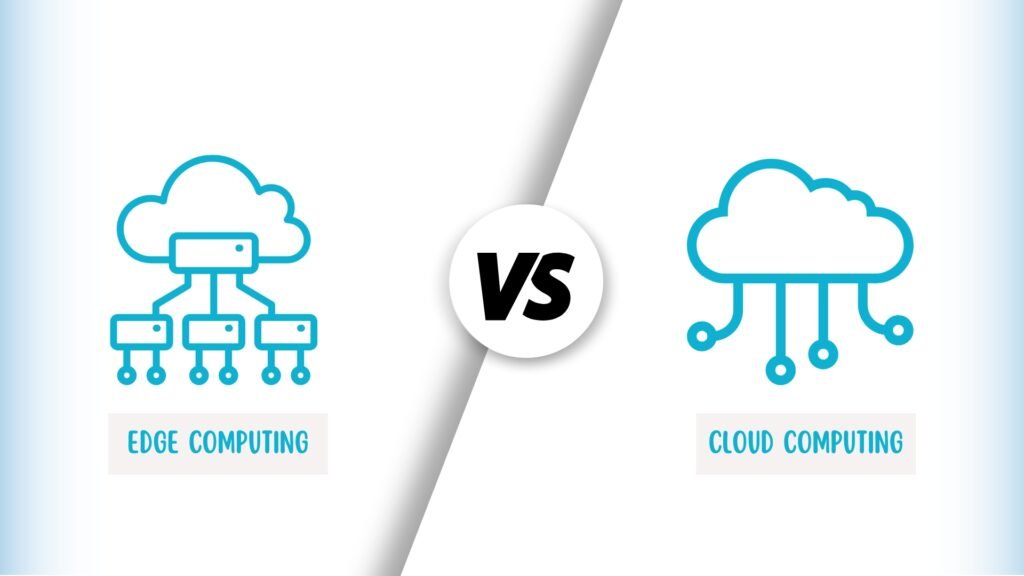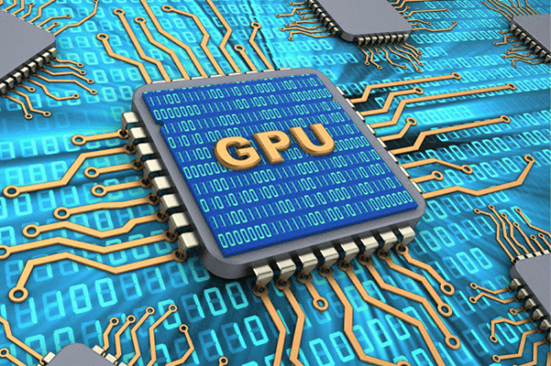The ongoing debate between edge computing and cloud computing is critical to understanding the future of the internet. As organizations seek to optimize performance and enhance user experiences, the distinct advantages of each model come into sharp focus. Edge computing offers unparalleled speed and reduced latency by processing data at its source, while cloud computing provides extensive scalability and centralized resource management. However, the decision on which path to pursue is not straightforward; it involves a nuanced consideration of various factors that are shaping technological landscapes. What implications do these choices hold for businesses and consumers alike?
Understanding Edge Computing
Edge computing represents a paradigm shift in data processing, where computational tasks are performed closer to the source of data generation rather than relying solely on centralized cloud infrastructures.
This innovative approach leverages edge architecture to facilitate latency reduction, enabling faster data processing and real-time analytics.
As a result, organizations can enhance operational efficiency and responsiveness, ultimately fostering greater autonomy in their digital environments.
See also: Green Tech Innovations: How Technology Is Fighting Climate Change
Exploring Cloud Computing
How does cloud computing fundamentally transform the way organizations manage and store data? By leveraging cloud scalability, businesses can effortlessly adjust resources according to demand, enhancing operational efficiency. Furthermore, robust cloud security measures ensure that sensitive information remains protected, fostering trust and compliance. The following table outlines key aspects of cloud computing:
| Feature | Description |
|---|---|
| Scalability | Adjust resources dynamically |
| Security | Enhanced data protection |
| Accessibility | Data access from any location |
| Cost-Effectiveness | Reduced infrastructure costs |
| Flexibility | Tailored solutions for needs |
Comparing Strengths and Weaknesses
While both edge computing and cloud computing offer distinct advantages for data management, they also present unique challenges that organizations must consider when choosing the best approach for their needs.
Edge computing excels in latency reduction, delivering faster processing speeds, while cloud computing emphasizes scalability and resource availability.
However, organizations must also weigh data privacy concerns, as edge solutions may enhance security through localized data processing.
Future Trends and Implications
As organizations increasingly adopt digital transformation strategies, the convergence of edge computing and cloud computing is poised to redefine the landscape of data management.
Future trends will emphasize:
- Enhanced data privacy through localized processing.
- Significant latency reduction for real-time applications.
- Seamless IoT integration, maximizing scalability potential.
This infrastructure evolution will leverage edge analytics, empowering businesses to harness data more efficiently and effectively.
Conclusion
In the evolving landscape of digital infrastructure, the interplay between edge computing and cloud computing resembles a modern-day dance, where agility meets scale. Each model offers distinct advantages, yet their true potential lies in harmonious integration. As organizations navigate this intricate choreography, the future of the internet hinges on a strategic balance between immediate responsiveness and expansive resource capabilities. This synergy will undoubtedly fuel the next generation of interconnected technologies, paving the way for unprecedented innovations.



